On a balmy February noon, 77-year-old Vaijinath Jagannath Ghongade stood on the banks of the Manganga river in Solapur district, Maharashtra.
“I felt ashamed benefitting from the pension I got from the agriculture department but doing nothing in return. Having reflected for several days, I decided to tour the stretch of the river on foot and study its ecosystem,” he shares.
“For this river, which flows close to my village Wadegaon in Sangola taluka, and supports the livelihoods of hundreds, was slowly dying,” he adds.
The massive undertaking of cleaning the 75-km stretch of Manganga river flowing from Sangli to Solapur with public participation was started in 2016. And the man who championed the cause to bring back the river to its former glory was Ghongade.
He was honoured with the Jal Prahari Samman in December 2023 by the Ministry of Jal Shakti.
Having a personal connection and a deep love for the river, here’s how this water warrior changed the course of its fate and successfully revived it.
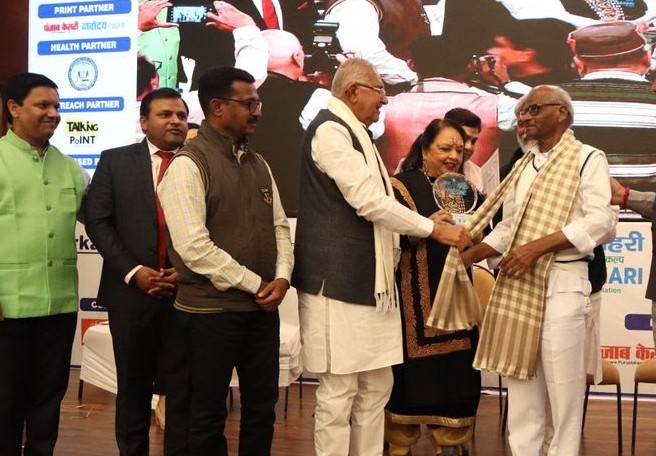
Manganga: The river that feeds five districts
The rain-fed and west-flowing Manganga river, called ‘Manavganga’ in Sanskrit, rises in the eastern hills of the Satara district and courses through five drought-prone talukas. These are namely Dahiwadi (Man), Atpadi, Sangola, Mangalvedha and Pandharpur, before it finally joins the Bhima River at Sarkoli.
These drought-prone districts, falling under the rain shadow region of Sangli, Satara and Solapur, receive rainfall ranging between 584mm and 762 mm. It occasionally experiences floods too, like it did back in August 2019 and October 2021.
The accumulated silt in Manganga had rendered it shallow and when the downpour was intense, the river was unable to carry the rainwater further downstream, causing floods.
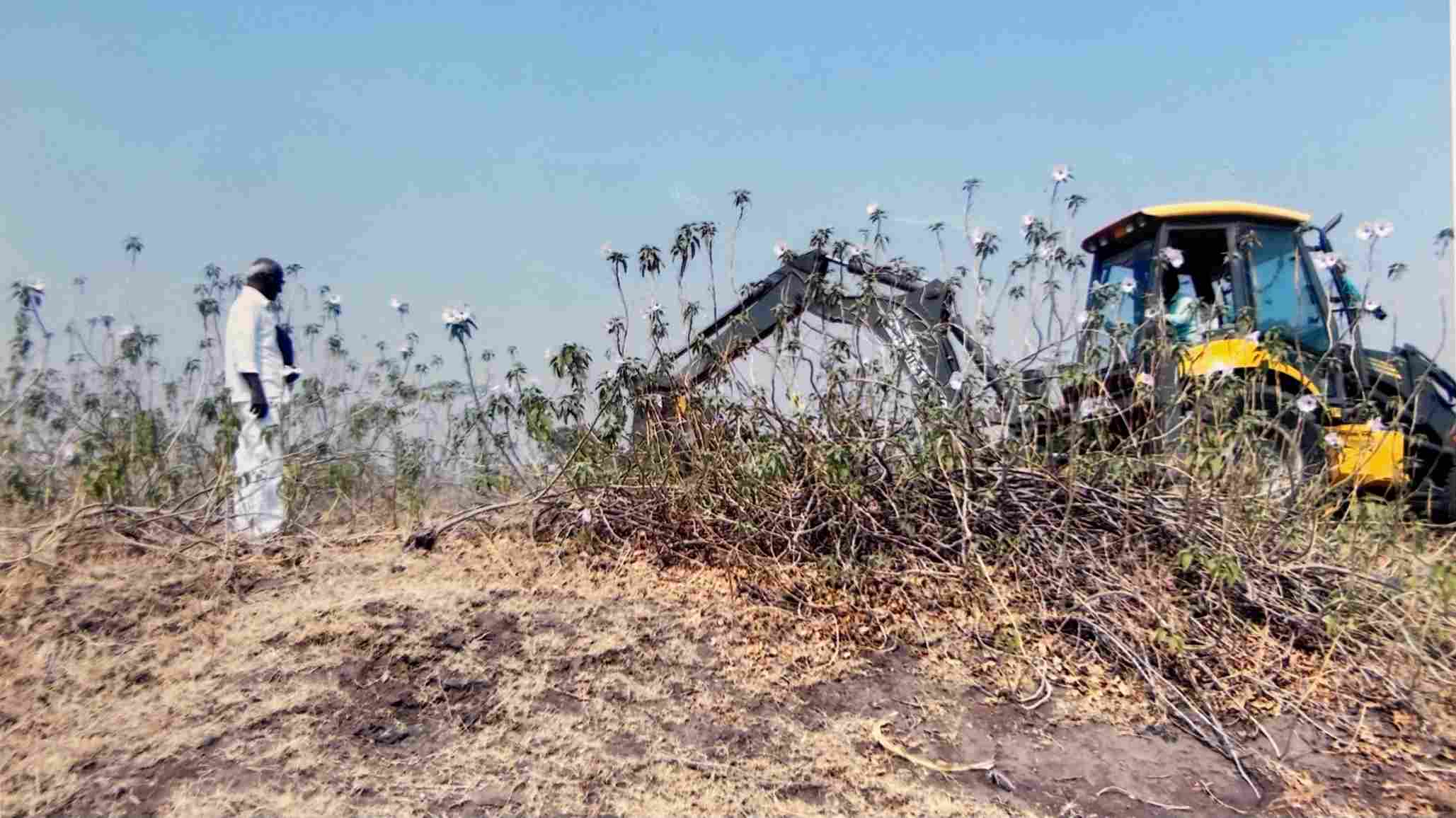
“I have always been fascinated by the river ever since my childhood. But, watching it being mired in the silt and thickets with its banks being taken over by unwanted vegetation, disturbed me a lot,” he says.
Back in February 2011, Ghongade and a group of eleven other likeminded people, embarked on foot to study the 165-km stretch of the river’s ecosystem and understand what needed to be done with a river whose watershed area was around 4,763 sq km. This group included a horticulturist, a botanist, an irrigation specialist, an educationist, a litterateur, an ex-serviceman, and a farmer.
“We undertook the trip to study the soil, water quality, its availability for irrigation, and the cropping patterns adopted by the farmers etc. While the days were spent around the river, we slept in panchayat offices, temple precincts, schools, community halls and even in farmers’ homes at night,” says Dr Ashok Shinde, a horticulturist and member of the “Chala Nadi La Zanuya” (let’s get to know the river) team.
Every few kilometres, the team members took soil and water samples and planted indigenous varieties of trees. They also reached out to the villagers living around the river and educated them on its dismal state. They also explained their vision and the steps to be taken to restore Manganga.
The result of the 21-day trip was a slim book titled, “Parikrama Mangangechi” (Circumnavigating Manganga) which highlighted the status of the river and was sold to school and college libraries, students, professionals and farmers.
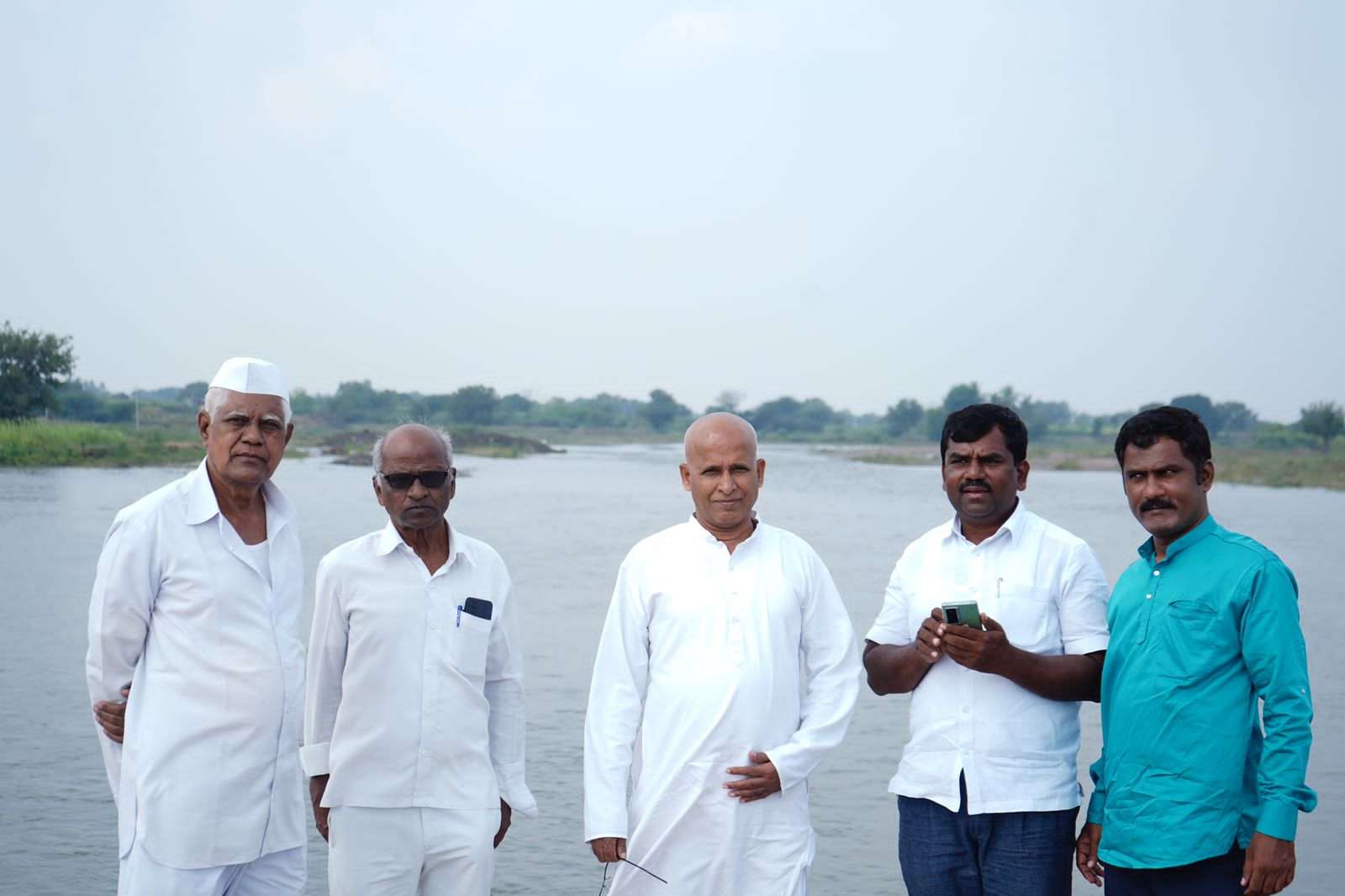
Key issues to resolve
The team found that the river was ignored by the irrigation department for decades and was now reduced to a sewer. Its riverside was encroached upon and beyond the initial 30 km, there was hardly any tree. Acacia and Babul shrubs had taken over the river beds.
The 18 Kolhapur-style weirs, which are essentially small dam-like structures constructed transverse to the flow of a natural stream with a considerable gap between two piers to allow passage to the water stream, had become ineffective due to the layers of silt.
“The villagers dumped their waste into the river. As the festive season approached, those living around it would clean up and dump their unwanted belongings into the river,” says Ghongade. “This has been going on for years.”
Ghongade and his team went on to establish the Manganga Brahmanseva Multipurpose Society in 2014, and with the proceeds from the book sale of Rs 54,000, they began the initial work by involving the locals at the grassroots level.
As the word spread that a Sangola-based septuagenarian was on a mission to revitalise the Manganga river, farmers, school teachers, shopkeepers, NGOs, industrialists, sugar barons, charitable organisations, and civil society members at large, came forward.
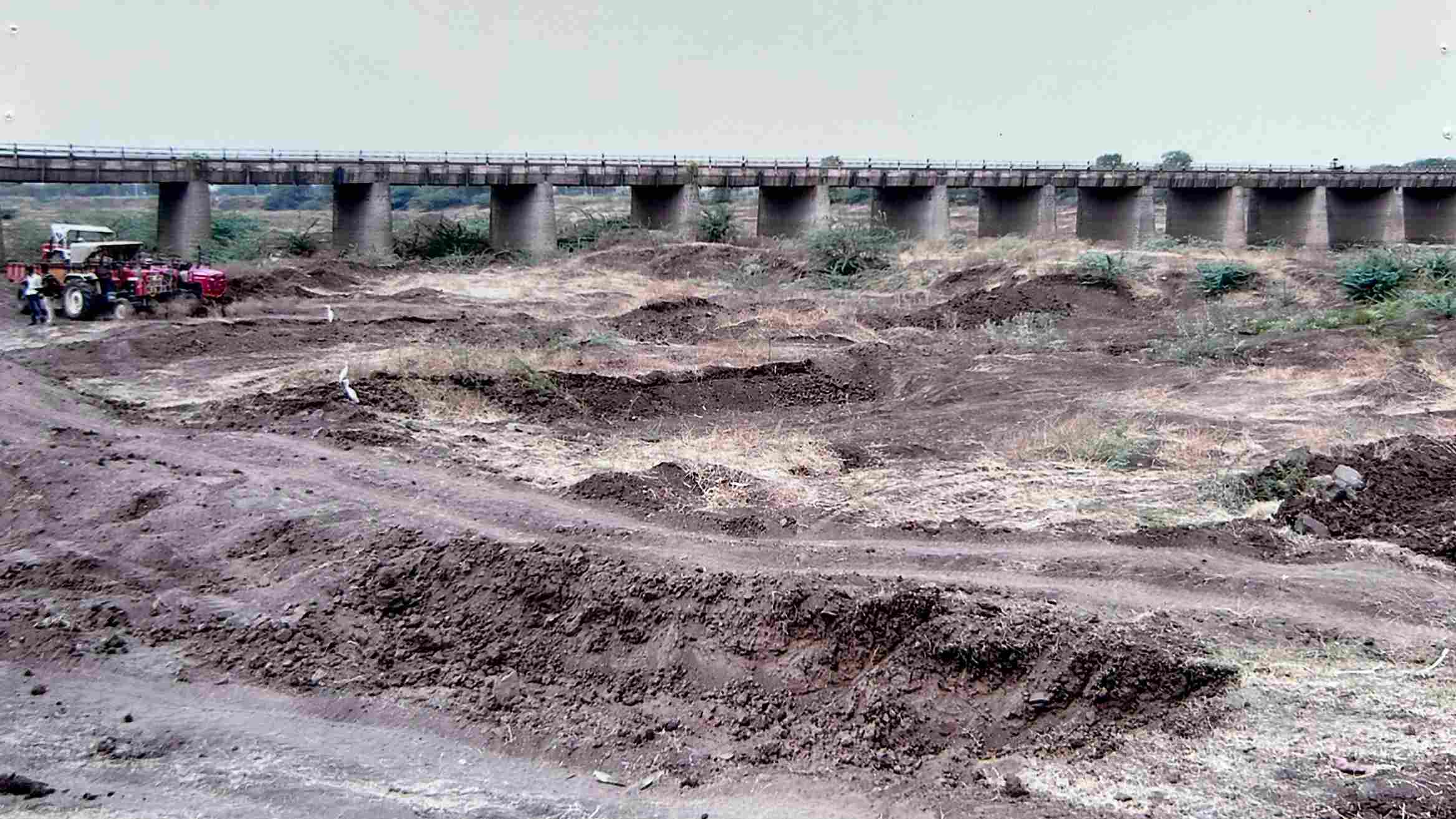
“Having read the book I realised that the task of revitalising the river could not be done just by the shramdan (service) of a handful of villagers. We needed earth movers to do it, and a lot of them,” explains Shriharsha Phene, the secretary of the Mumbai-based charitable foundation, Shree Brihad Bhartiya Samaj.
Over the years it took to clean the river, the foundation donated Rs 1.53 crores. Others, too, joined in with their cheques including the Sangli-based Sadguru Sri Sri Sakhar Karkhana trust, Naam Foundation, along with a local MLA, and a Pune-based industrialist named Sudamrao Bhore, among several others.
“I was born and raised in Sangola’s Wasudh village,” says the 54-year-old Bhore. “And how could I not contribute to the task undertaken by Ghongade sir to revive the river?”
The excavation was generally undertaken during the summer months and it took six years to clean the 75-km long stretch of the river and a total of 20 lakh cubic metres of silt was removed from the river bed.
“According to the irrigation department officials, it would have cost Rs 9 crore, but we did this work for less than Rs 3 crores, thanks to the monetary contribution from the community,” says Ghongade, who braved the summer heat to oversee the work, year after year, despite his advanced age.
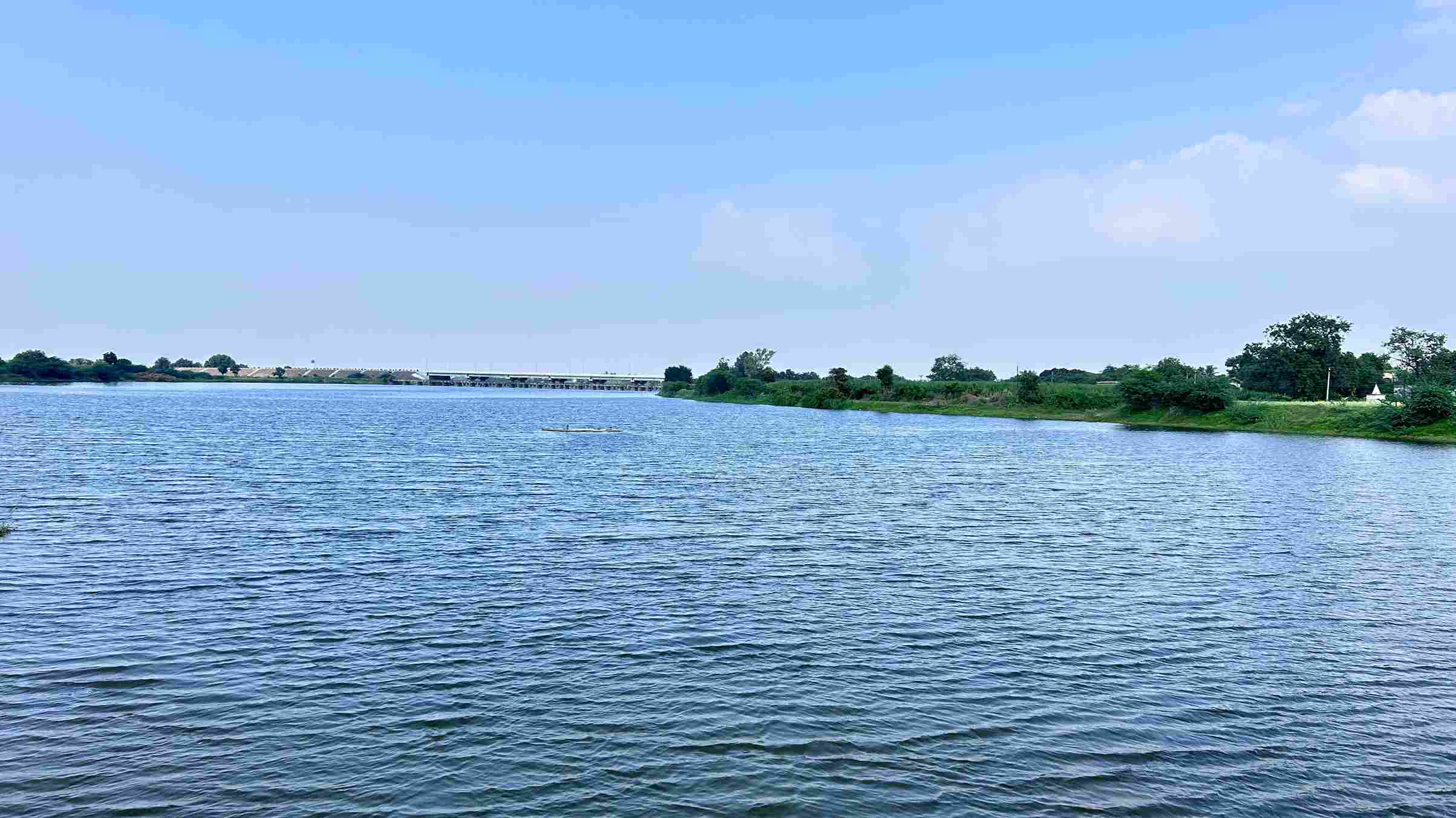
Prosperity greeted the region as the results bore fruit
Following the downpour in August 2021, the weirs started overflowing. Hundreds of people lined up on the river banks, shouting with joy!
“It was a sight we had not witnessed in so long. We were only hoping that we would be able to start farming,” recalls Vithal Chavan (38), a farmer growing wheat and corn on his two-acre plot.
Revitalising the river led to the extraction of 20 lakh cubic metres of silt, thus bringing back 322 acres of fallow land under cultivation. The delighted farmers carried the silt back to their farm plots.
Navnath Dighe (43), of Wadegaon, is among the 192 farmers who benefitted from the silt excavated from the river. “I may have taken more than 600 tractor loads of silt and deposited it on my three-acre plot where I grow sugarcane using drip irrigation,” says Dighe. In total, he owns eight acres of land and grows finger millet, corn, as well as raising a pomegranate orchard.
The silt, rich in nutrients, has yielded a better harvest. Bablu Ghongade (48), a sugarcane farmer, informs, “I used to get a yield of 35 tonnes per acre but now it’s around 50 tonnes. It’s all due to the silt from the river.”
The rejuvenation of the river has led to increased water-holding capacity of the KT weirs, and led to a the in the water level of 1,800 wells and 2,500 borewells dotting the river.
On his next plan of action, Ghongade says, “We are currently demanding the removal of the encroachments from the riverbed from the district collector. Once removed, the river’s width will expand leading to an increase in its water storage capacity, and floods and droughts may become a thing of the past.”
Edited by Padmashree Pande; All pics courtesy: Hiren Kumar Bose
No comments:
Post a Comment